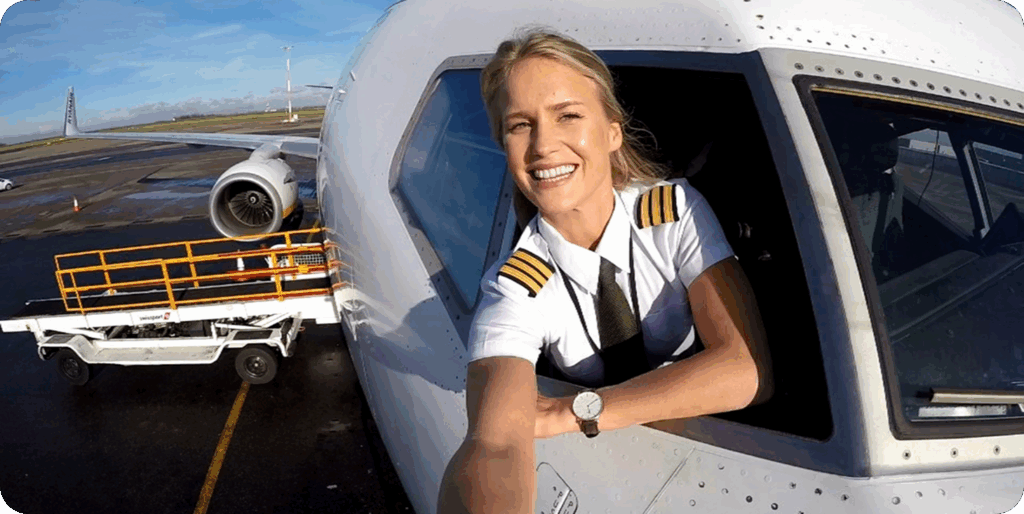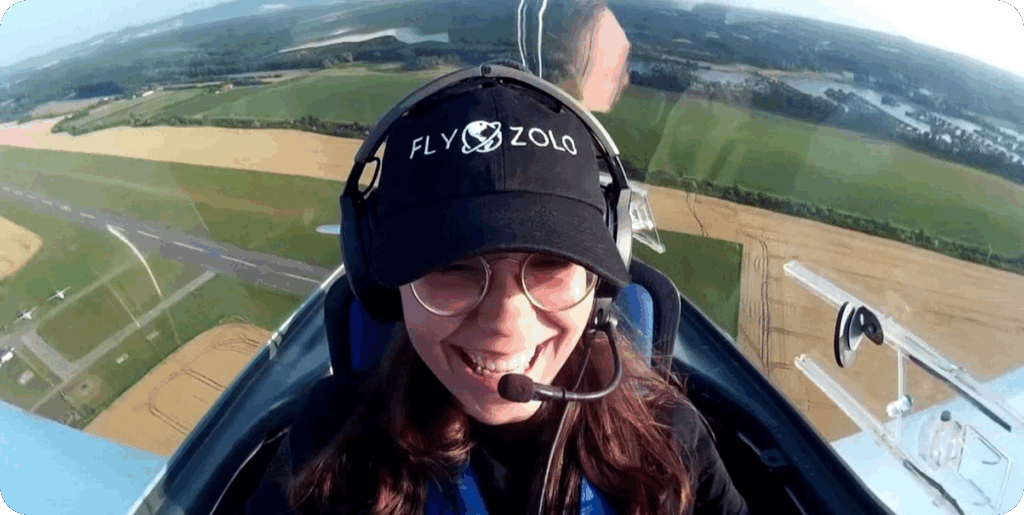
Whether you are running an aviation academy, managing a charter or brokerage service, or building a brand as a consultant, this guide walks you through everything you need to take off digitally, and stay cruising above the competition.

SEO for aviation businesses is a strategic move that demands a well-mapped plan to attract the right audience. Here’s a breakdown of how to get it right,


If you’re offering private jet charters, your page shouldn’t just say our aircraft. Say private jet charter services in Florida if that’s what you’re targeting. Make sure it still reads naturally, Google notices keyword stuffing.

User experience (UX) plays a huge role in how your site ranks. Think about how fast your site loads, whether it’s mobile-friendly, and how easily visitors can navigate. Aviation users are often decision-makers, they expect speed and clarity.
And don’t forget technical SEO, XML sitemaps, clean URLs, and structured data help search engines understand your site better. It’s all part of optimizing SEO for aviation businesses with both users and Google in mind.

Whether it’s Top 10 A320 Components with high demand or
How to Choose the Right Flight School, content builds authority
and earns you organic traffic. Consistency is key, weekly or biweekly blogs can keep your site active and crawlable

Use relevant hashtags and keywords like #PrivateJetLife or #FlightTrainingTips in captions. For SEO for aviation, platforms like LinkedIn are gold for connecting with professionals, while Instagram offers visual appeal, show off that shiny cockpit or jet exterior!
And in today’s digital world, having an online presence isn’t just for influencers, it’s for credibility, visibility, and opportunity. Here’s how real aviation professionals can boost their rankings using practical SEO tactics:



Most aviation professionals are on LinkedIn, but few use it well. Optimize your headline (e.g., “Chartered Pilot | King Air 350 | Aviation Safety Advocate”), post regularly, and engage with relevant posts. Google indexes LinkedIn, make yours worth finding.


Don’t overthink it. A behind-the-scenes photo of a cockpit with a short caption, a checklist you swear by, or a quick tip for flying in tough weather, these things show your expertise and help people find you through search.

© 2025 Air Trending. All rights reserved. Enhancing your presence in the aviation industry.